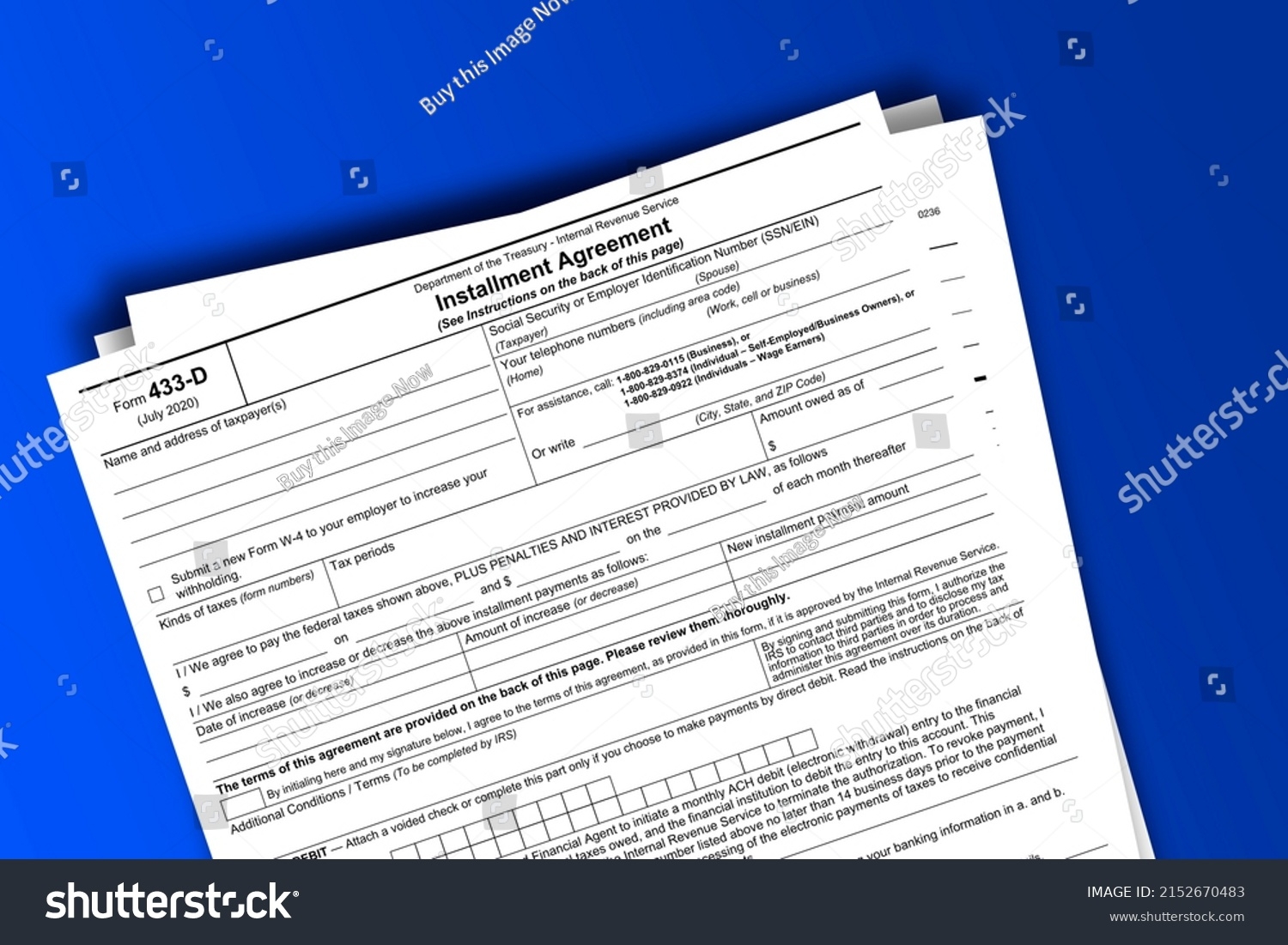When dealing with tax debt, it is important to be transparent and provide the necessary information to the Internal Revenue Service (IRS). One of the forms that can help individuals or businesses in this situation is Form 433-D. This form is used to set up a payment plan for taxpayers who are unable to pay their full tax bill at once. By filling out this form, taxpayers can negotiate a reasonable payment plan with the IRS based on their financial situation.
Form 433-D is a vital document that allows taxpayers to outline their income, expenses, assets, and liabilities. By providing this information, the IRS can assess the taxpayer’s ability to pay and determine a suitable payment plan. It is essential to fill out this form accurately and truthfully to avoid any complications or delays in the payment agreement process.
When filling out Form 433-D, taxpayers must include detailed information about their monthly income, expenses, and assets. The IRS will review this information to determine the taxpayer’s ability to pay and set up a payment plan accordingly. It is crucial to provide all the necessary documentation to support the information provided on the form to ensure a smooth and efficient process.
After completing Form 433-D, taxpayers should submit it to the IRS along with any required documentation. The IRS will review the information provided and assess the taxpayer’s financial situation to determine the most suitable payment plan. It is essential to follow up with the IRS and comply with the terms of the payment plan to avoid any further penalties or consequences.
In conclusion, Form 433-D is a valuable tool for taxpayers who are unable to pay their tax debt in full. By providing detailed information about their financial situation, taxpayers can negotiate a reasonable payment plan with the IRS. It is crucial to fill out this form accurately and truthfully to ensure a smooth and efficient process. By working closely with the IRS and complying with the terms of the payment plan, taxpayers can resolve their tax debt and move forward with financial stability.
